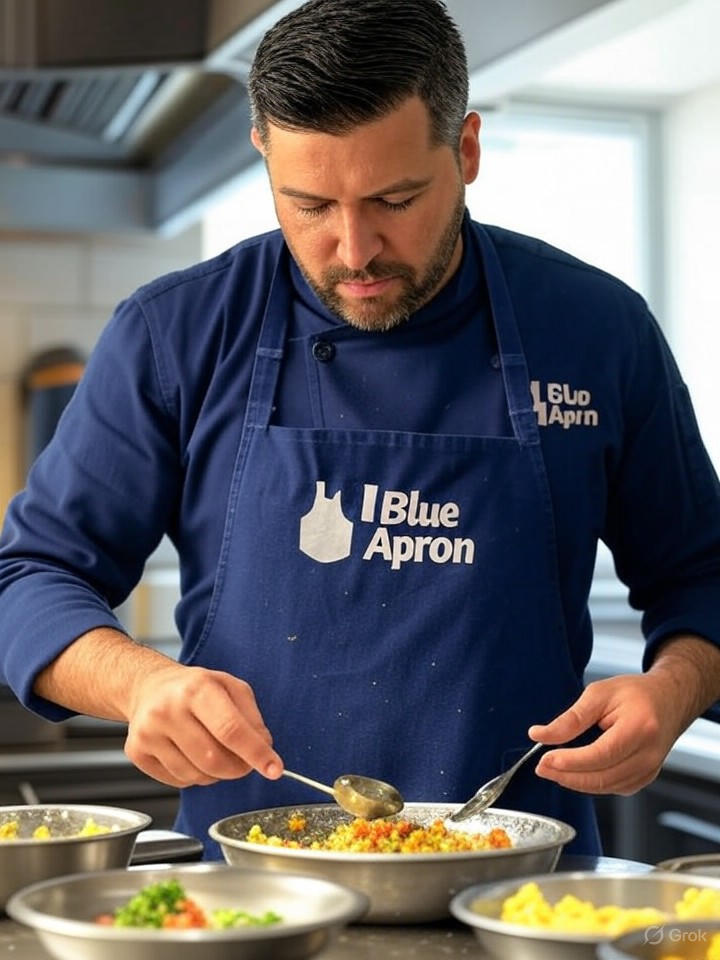Blue Apron’s Strategic Shift to In-House Influencer Marketing
In a bold move reflecting broader shifts in digital marketing, Blue Apron, the meal-kit delivery service, has decided to internalize its influencer marketing efforts, abandoning reliance on external agencies. This decision, announced amid a challenging economic environment for consumer brands, aims to cut costs and enhance control over campaigns. According to a recent report in Digiday, Blue Apron’s leadership views this as a way to streamline operations while tapping directly into the burgeoning creator economy, which is projected to reach $525 billion by 2030.
The transition involves building an internal team dedicated to scouting, negotiating, and managing partnerships with influencers, particularly those in the food and lifestyle niches. This approach allows Blue Apron to foster more authentic collaborations, aligning with consumer demands for genuine endorsements rather than scripted ads. Insiders note that by handling these relationships in-house, the company can respond more nimbly to trends, such as short-form video content on platforms like TikTok, where quick recipe demos have driven significant engagement.
Streamlining Operations Amid Economic Pressures
This in-housing strategy comes at a time when many brands are reevaluating their marketing budgets due to rising costs and fragmented audience attention. Blue Apron’s move mirrors a wider trend where companies seek to reduce agency fees, which can eat up 20-30% of campaign budgets. As detailed in the same Digiday analysis, this shift is part of a push for efficiency in the creator economy, where brands like Blue Apron are prioritizing direct relationships to ensure ROI.
Moreover, the decision underscores a maturing creator economy in 2025, where authenticity and data-driven decisions reign supreme. Recent posts on X highlight how brands are aligning influencer tiers with specific objectives: mega-influencers for broad awareness, mid-tier for product consideration, and micro-influencers for conversions. Blue Apron, facing competition from rivals like HelloFresh, is leveraging this by focusing on niche creators who resonate with health-conscious millennials, potentially boosting subscriber retention.
Integration of AI and Emerging Trends
Looking ahead, Blue Apron’s in-house model is poised to incorporate AI tools for influencer selection and performance tracking, a trend gaining traction as outlined in a 2025 report from Influencer Marketing Hub. AI-powered analytics can predict engagement rates, helping brands like Blue Apron optimize campaigns in real-time. This aligns with predictions from The Influencer Marketing Factory, which forecasts a rise in AI integration alongside social commerce and niche communities.
The creator economy’s evolution also emphasizes ethical considerations, such as transparency in sponsorships, to combat trust erosion. Blue Apron’s strategy could set a precedent, encouraging other brands to build internal capabilities rather than outsourcing. As one X post from industry observers notes, the focus is shifting from virality to sustainable, long-term partnerships that foster community-driven content.
Broader Implications for the Creator Economy
This pivot by Blue Apron signals a potential ripple effect across industries, where in-housing influencer marketing could democratize access to creators for smaller brands. However, challenges remain, including the need for specialized talent and the risk of internal silos. Insights from WebProNews suggest that in 2025, success will hinge on balancing AI with human authenticity, a balance Blue Apron is betting on.
Ultimately, as the creator economy matures, moves like Blue Apron’s highlight a strategic recalibration. Brands are not just chasing trends but building resilient systems that prioritize direct engagement and measurable outcomes, positioning them for growth in an increasingly competitive digital arena.




 WebProNews is an iEntry Publication
WebProNews is an iEntry Publication